Tag: treatment

Loss of Sphingosine 1-Phosphate in Septic Shock is Predominantly Caused by Decreased Levels of HDL
Sphingosine 1-phosphate (S1P) is a signaling lipid essential in regulating processes involved in sepsis pathophysiology, including endothelial permeability and vascular tone. Serum S1P is progressively reduced in sepsis patients... read more

Optimizing Beta-Lactam Treatment in the ICU
The French Society of Pharmacology and Therapeutics (SFPT) and the French Society of Anesthesia and Intensive Care Medicine (SFAR) have released guidelines on the optimization of beta-lactam treatment in intensive care unit... read more
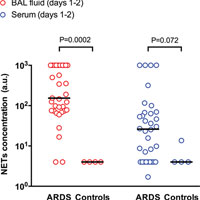
Neutrophil Extracellular Traps Are Elevated in Patients with Pneumonia-related ARDS
Bronchoalveolar neutrophil extracellular trap concentration was not significantly associated with mechanical ventilation duration in pneumonia-related ARDS. The acute respiratory distress syndrome (ARDS) is the most severe... read more

Research Ethics and Informed Consent in Critical Care
Research studies in critically ill populations pose many unique regulatory and ethical challenges that have implications for study design and execution. The life-threatening nature of conditions being studied and the urgency... read more

European Guideline on Managing Post-traumatic Bleeding: 5th Edition
An updated guideline on the management of significant bleeding and coagulopathy following major trauma has been released by the pan-European, multidisciplinary Task Force for Advanced Bleeding Care in Trauma. The document,... read more

Ketamine In Acute and Chronic Pain Management
The view of chronic pain as a symptom of a disease, rather than a disease state itself, has contributed to neglect in treating this condition. Although it is generally acknowledged that patients with chronic pain use significantly... read more
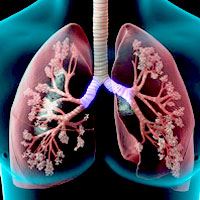
Diagnosis and Management of Acute Exacerbations of COPD – Pharmacology CME
As more and more patients present to the ED with symptoms that suggest an acute exacerbation of Chronic Obstructive Pulmonary Disease (COPD) –worsening dyspnea, cough and sputum production – emergency clinicians can... read more
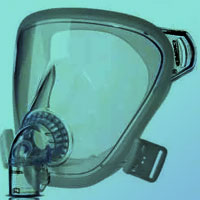
Noninvasive Ventilation as Acute Therapy
Noninvasive ventilation (NIV) is widely used in ICU patients to treat or to prevent acute respiratory failure (ARF). Whereas its physiological effects are clearly beneficial in hypercapnic patients, it could be deleterious... read more
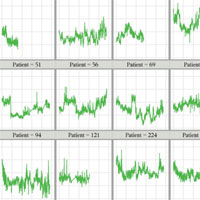
Incidence, Severity, and Detection of Blood Pressure Perturbations after Abdominal Surgery
Intraoperative and postoperative hypotension are associated with myocardial and kidney injury and 30-day mortality. Intraoperative blood pressure is measured frequently, but blood pressure on surgical wards is usually measured... read more

Updates and Controversies in the Early Management of Sepsis and Septic Shock
For patients in the ED who are suspected of having sepsis, swift, effective management is vital to improving outcomes. This issue reviews the latest evidence on the diagnosis and treatment of sepsis and septic shock: ... read more

Clostridium difficile infection in the ICU
About 10% of patients with diarrhea will test positive for CDI. Around 2% of ICU patients develop an episode of CDI. Estimating the severity of CDI is essential for prognosis and therapy. Diagnosis and estimation of disease... read more

Threshold Analysis as an Alternative to GRADE for Assessing Confidence in Guideline Recommendations Based on Network Meta-analyses
Guideline development requires the synthesis of evidence on several treatments of interest, typically by using network meta-analysis (NMA). Because treatment effects may be estimated imprecisely or be based on evidence lacking... read more
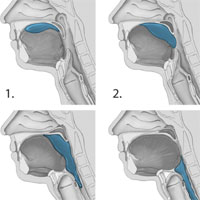
Dysphagia in the ICU: Epidemiology, Mechanisms, and Clinical Management
In the light of the fact that the clinical consequences of ICU-acquired dysphagia (e.g., aspiration-induced pneumonitis/pneumonia) can often be observed on ICUs, more data on underlying mechanisms and/or risk factors seems... read more

Personalization of Arterial Pressure in the Perioperative Period
This review aims to discuss recent findings on the relationship between intraoperative arterial hypotension and organ dysfunction in surgical patients and examines the available evidence for personalizing blood pressure (BP)... read more




